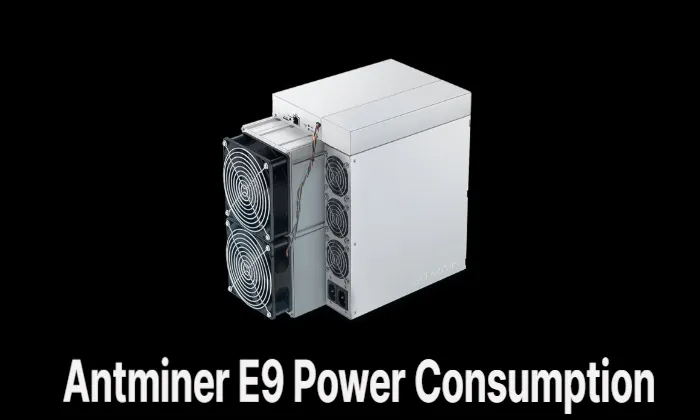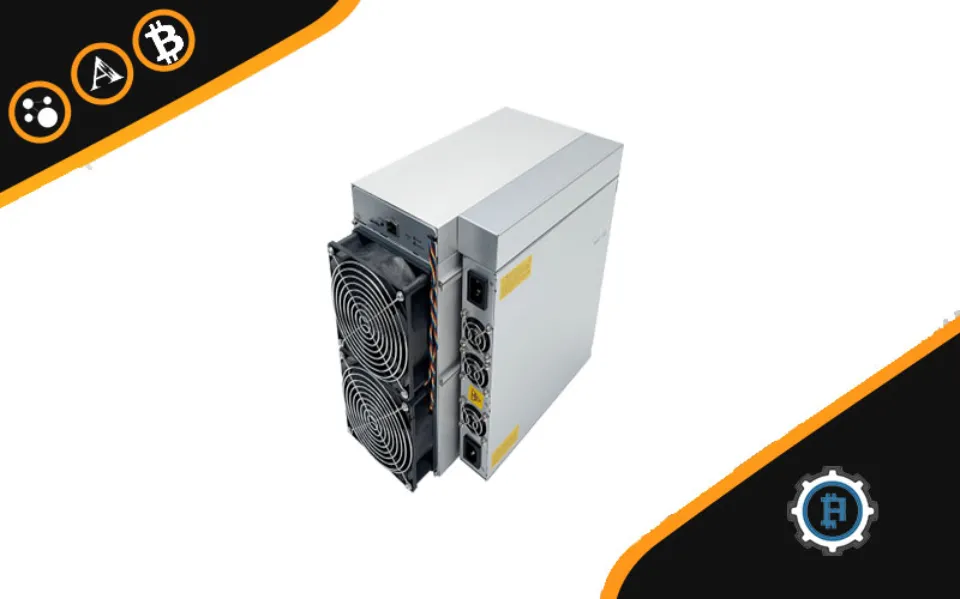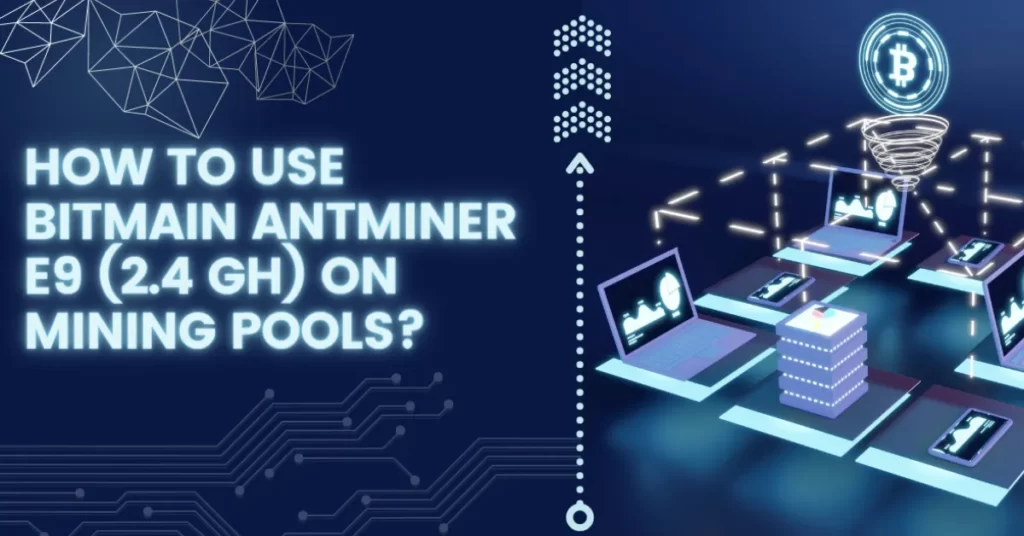The launch of Antminer E9 has brought a serious blow to GPU mining Ethereum. Is Bitmain Antminer E9 the end of GPU mining for Ethereum? Find the answer in this blog.
Recently, Chinese tech giant Bitmain announced the launch of its latest ASIC miner, the Antminer E9, which is specifically designed for mining Ethereum( ETH) and other cryptocurrencies based on the Ethash algorithm. According to Bitmain, the Antminer E9 can achieve a hashrate of up to 3 GH/s, which is equivalent to 32 Nvidia GeForce RTX 3080 graphics cards. This claim has stirred up the mining community, as it raises the question of whether ASICs can outcompete GPUs in the ongoing battle for mining efficiency and profitability.
Table of Contents
Ethash, ASICs, and the Battle for Decentralization
To understand why the Antminer E9 is a big deal, we need to first look at the history of Ethereum mining. When Ethereum was first launched in 2015, it used a memory-hard PoW (proof-of-work) algorithm called Ethash, which was intended to resist ASIC mining and promote GPU mining. This was based on the assumption that GPUs, being more versatile and programmable than ASICs, would provide a more decentralized and egalitarian distribution of mining power, thus preventing the emergence of centralized mining cartels that could threaten the security and integrity of the network.
However, as the Ethereum network grew in popularity and value, ASIC manufacturers began to develop specialized chips that could perform Ethash calculations more efficiently than GPUs. This led to a series of ASIC-resistant forks, such as Ethereum Classic (ETC), that sought to maintain the original Ethash algorithm and prevent ASIC dominance. However, these forks also faced the risk of being less secure and less supported than the main Ethereum chain, as they had fewer developers, users, and resources.
Read more: Bitmain Antminer E9 Vs GPU Mining: Which is More Powerful
Why the Antminer E9 Is a Game-Changer for Ethereum Mining
The Antminer E9 ASIC is a formidable device that could disrupt the existing balance of power between ASICs and GPUs in Ethereum mining.

Now, with the Antminer E9, Bitmain claims to have achieved a hashrate that is several times higher than any existing ASIC or GPU miner for Ethash. This could potentially make GPU mining for Ethereum less profitable and less attractive, as ASIC miners would be able to mine more ETH with less electricity and hardware costs. Moreover, the Antminer E9 has a power consumption of only 2556W, which is lower than that of a single RTX 3080 (which consumes around 320W), let alone 32 of them.
The Pros and Cons of ASIC Mining for Ethereum
The rise of ASICs in Ethereum mining has sparked a debate among miners, investors, and developers about whether ASICs are beneficial or detrimental to the Ethereum ecosystem. Some argue that ASICs can increase the network’s security and efficiency by reducing the risk of 51% attacks, improving the hashrate and transaction throughput, and reducing the environmental impact of mining. Others argue that ASICs can centralize the mining power by favoring large-scale mining farms and squeezing out smaller miners who may not have the capital, expertise, or access to ASICs. This could also lead to the concentration of ETH ownership, as ASIC miners can sell their mined coins on the market and accumulate more wealth.
Regardless of the pros and cons of ASIC mining, the fact remains that the Antminer E9 is a formidable device that could disrupt the existing balance of power between ASICs and GPUs in Ethereum mining. This could also affect the prices and availability of GPUs, which have already been inflated by the surge in demand from gamers, miners, and scalpers. Whether this trend will continue or not remains to be seen, but it’s clear that the competition between ASICs and GPUs in mining is far from over.
How the Antminer E9 Could Impact the GPU Market
The launch of the Antminer E9 could affect the prices and availability of GPUs, which have already been inflated by the surge in demand from gamers, miners, and scalpers. The potential for ASICs to outcompete GPUs in efficiency and profitability could further reduce the demand for GPUs in mining, potentially lowering their prices and freeing up supply for other applications. This could be good news for gamers and other users who have been struggling to find affordable and high-performance GPUs for their needs. On the other hand, it could also lead to a shift in the market towards ASIC-based mining and a further concentration of mining power among a few players.
The Future of Mining: ASICs vs. GPUs
The launch of the Bitmain Antminer E9 and other high-performance ASICs for Ethash raises questions about the future of mining and the role of ASICs and GPUs in it. While ASICs offer higher efficiency and profitability for mining, they also require higher upfront costs, specialized knowledge, and centralization risks. GPUs, on the other hand, offer more versatility, accessibility, and decentralization, but also consume more energy and face more competition from ASICs.
Ultimately, the choice between ASICs and GPUs for mining depends on various factors, such as the price of electricity, the availability of hardware and software, the network’s consensus rules, and the individual miner’s preferences and goals. Some miners may prefer ASICs for their reliability and performance, while others may stick to GPUs for their flexibility and decentralization.
Summary: Is Bitmain Antminer E9 the end of GPU mining for Ethereum
In conclusion, the launch of the Antminer E9 and the rise of ASICs in Ethereum mining pose both opportunities and challenges for the mining industry and the Ethereum ecosystem. While ASICs can increase the efficiency and security of mining, they also raise concerns about centralization and exclusion. GPU mining may become less profitable and less attractive, but it may still have a role to play in promoting decentralization and accessibility. The future of mining will depend on how these and other factors evolve and interact over time.



